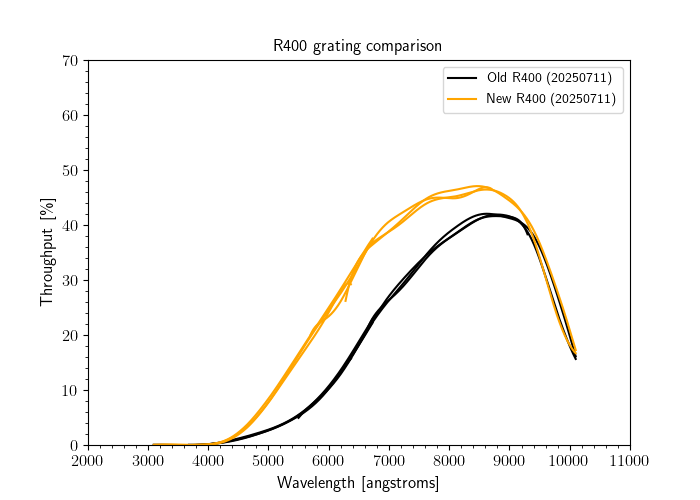Seven lens interfaces in the GMOS-N collimator were refilled with index-matching oil on 5 March 2025 HST. This work was performed to address the known recurring issue of air bubbles developing in the GMOS lens interfaces.
The air bubbles move with changes in telescope elevation and cass rotator angle and can cause a shifting partial obscuration in the lower part of the GMOS frames. This results in a limited flat fielding accuracy, particularly impacting imaging data that use the entire GMOS field of view.
